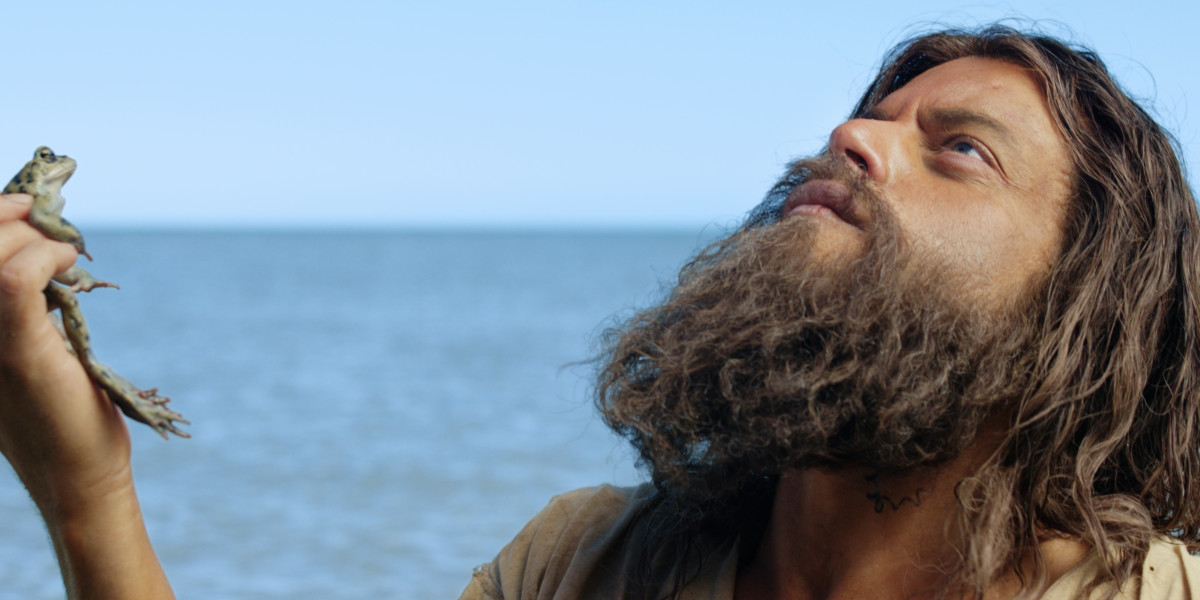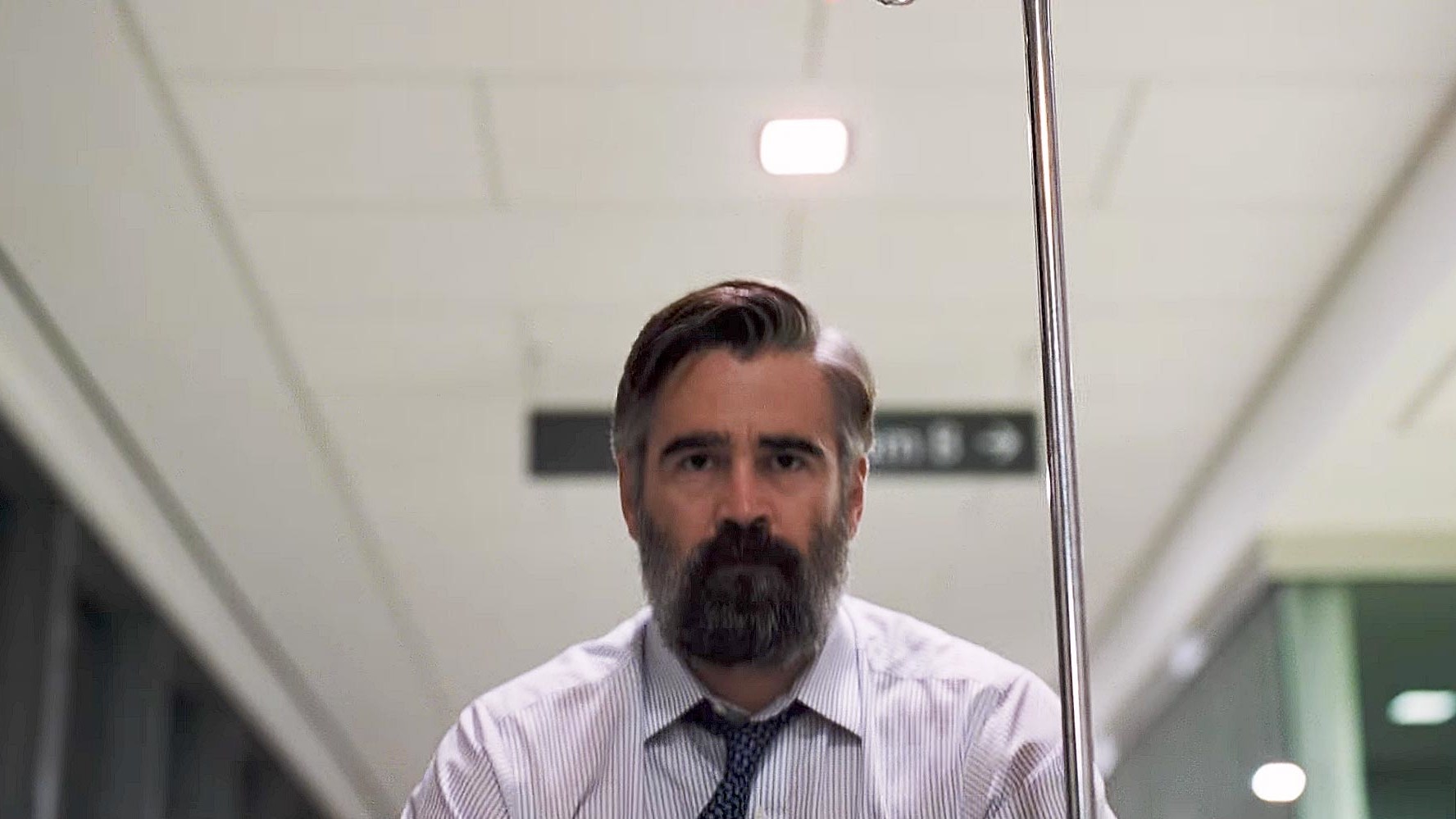5. Ingrid Goes West

Ingrid Thorburn (Aubrey Plaza) lives the lives of other people. Her behavior can be defined as classic stalking. Ingrid looks up her “best friends” on Instagram. After leaving a psychiatric hospital, she begins to grow obsessed with the perfect life of Instagram star Taylor Sloane (Elizabeth Olsen). When Ingrid decides to move to Los Angeles to make friends with Taylor, her behavior becomes more and more dangerous.
The description of Matt Spicer’s movie sounds like a classic and not very good Hollywood thriller. In this case it is completely different. The development of the story, and above all the method of narration, makes it a bizarre combination of comedy, drama, and yes – moments of a thriller, but in a good way.
“Ingrid Goes West” can also be seen as a virulent satire on the mendacious life of celebrities who are imitating someone who they are not on a huge scale, deceiving millions of gullible people around the world. The image of Spicer does not have a particularly deep message, but it is the right message – be yourself, be honest. In addition, it makes a great impression visually.
4. Buster’s Mal Heart

The first scenes of this film by Sarah Adina Smith is a desperate fight for the life of a certain Buster (Rami Malek). The man escapes from police officers, finding even a moment’s shelter in a mountain hideout. Dirty, unkempt, on the verge of exhaustion, showing no greater willingness to live.
The flashback series reveals to us what led him to this state. Because the hero was not once a Buster, and his name was Jonah. He was a husband, a father who kept relatives, working night shifts as a concierge in a hotel. Loneliness and long-term changes did not affect the protagonist’s psychological condition and were reflected later in his family life. However, what left his mark on him was a meeting with a mysterious man who came to the hotel one night.
“Buster’s Mal Heart” is a surreal thriller reminiscent of the works of Lynch and in measure, Fincher. Smith s many clues, many of which lead nowhere, and the movie becomes stranger every minute, which is justified by the story – we do not know if the vision of the apocalypse is developing or the main character’s disease is going on. The insightful viewer will find in this film a lot of references to other cultural texts, a lot of different symbols, but the viewer expecting grotesque entertainment, such as Rami Malek parading in red tights with a huge beard, will not be disappointed either.
3. Raw

Everyone in Justine’s (Garance Marillier) family are veterinary doctors and declared vegetarians. Justine, at the age of 16 is a great, promising student. When she begins her studies, she finds herself in the middle of a decadent, merciless and tempting world. In the first week of hazing she tries to adapt to her new environment, breaks family tradition, and for the first time she tries raw meat. Soon she will face the unexpected consequences of her behavior.
“Raw” is another bizarre and ambitious horror in this list. Debut filmmaker Julia Ducournau builds her film on principles similar to those of “Get Out.” The atmosphere of strangeness is based largely on the breaking of taboos and social conventions. An additional advantage is the initiation aura; the director also plays with metaphors, such as cannibalism as a sexual act, without any resistance, but turns their pace to an unbelievable size.
The big advantage of the film is its visual layer; it is a picture with great aesthetic qualities. “Raw” is not a classic scary movie, but it arouses terror through its overtones. Kids, once again, think about where the ham comes from and see what it all leads to.
2. Thelma

The beginning of her studies in Oslo is the beginning of a new life for Thelma (Eili Harboe). This young woman not only has to face love, but also violent emotions which she can not name herself, and even prefers not to notice them. Thelma has to deal with his fears, her raw upbringing and family secrets. After these factors dominate her and her surroundings, she faces questions about her own identity.
Until now, Joachim Trier was known for making great, but not necessarily weird films. His latest film “Thelma” is his best work so far. It’s a perfect combination of drama, romance and horror, which gives a really bizarre effect. The author runs a continuous game with the viewer, who is not sure how to interpret the events happening on the screen at all times. The power of this image is the understatement that the viewer must explain on their own.
At the same time, the multitude of interpretational clues does not overwhelm. “Thelma” is also a visual gem, and the work of the camera adds even more to the film. Although the film was not described by the distributors as a horror film, it is also perfectly fulfilled in this role. It’s really interesting and scary what the perfect duo of Norwegian artists Trier-Vogt will come up with next time.
1. The Killing of a Sacred Deer

Steven (Colin Farrell) is an outstanding cardiac surgeon, and his wife, Anna (Nicole Kidman), a respected ophthalmologist. They have two children: 14-year-old Kim and 12-year-old Bob. They are well-off, healthy and have a happy family life. Steven is friends with the 16-year-old Martin (Barry Keoghan), who has no father and whom he took under his wing. One day, Steven introduces the boy to his family. From then, things will take an unexpected, disastrous turnover. The perfect world turns into chaos. Steven will be forced to make a shocking victim or risk losing everything he has.
In the introduction of the article about filmmakers who are famous for bizarre films, I deliberately omitted Yorgos Lanthimos, bearing in mind that I will write about him later, at the very end. Greece is famous for its disturbing, original cinema, and last year’s “The Killing of a Sacred Deer” is an excellent development of his creative way. The world presented in the film reminds the worlds created in previous Lanthimos films, but this time it is only slightly shifted compared to the realities we know.
Of course, for some time, Lanthimos has been great at controlling narrative matter and playing with the viewers’ habits, including his greatest fans who know his work well. Actors are also perfectly guided, who in this film probably gained an extra space: Farrell and Kidman once again prove their class, but the brilliant Barry Keoghan steals the whole show from them.
Despite its strangeness, the film is unusually consistent, and the story is conducted in a masterful way. We can define it as a tribute that Lanthimos wrote in the style of Greek tragedy with his own variation. It is difficult to classify this film genre, and there is probably no such need. A must-see item not only for fans of bizarre cinema, but for cinema fans in general.